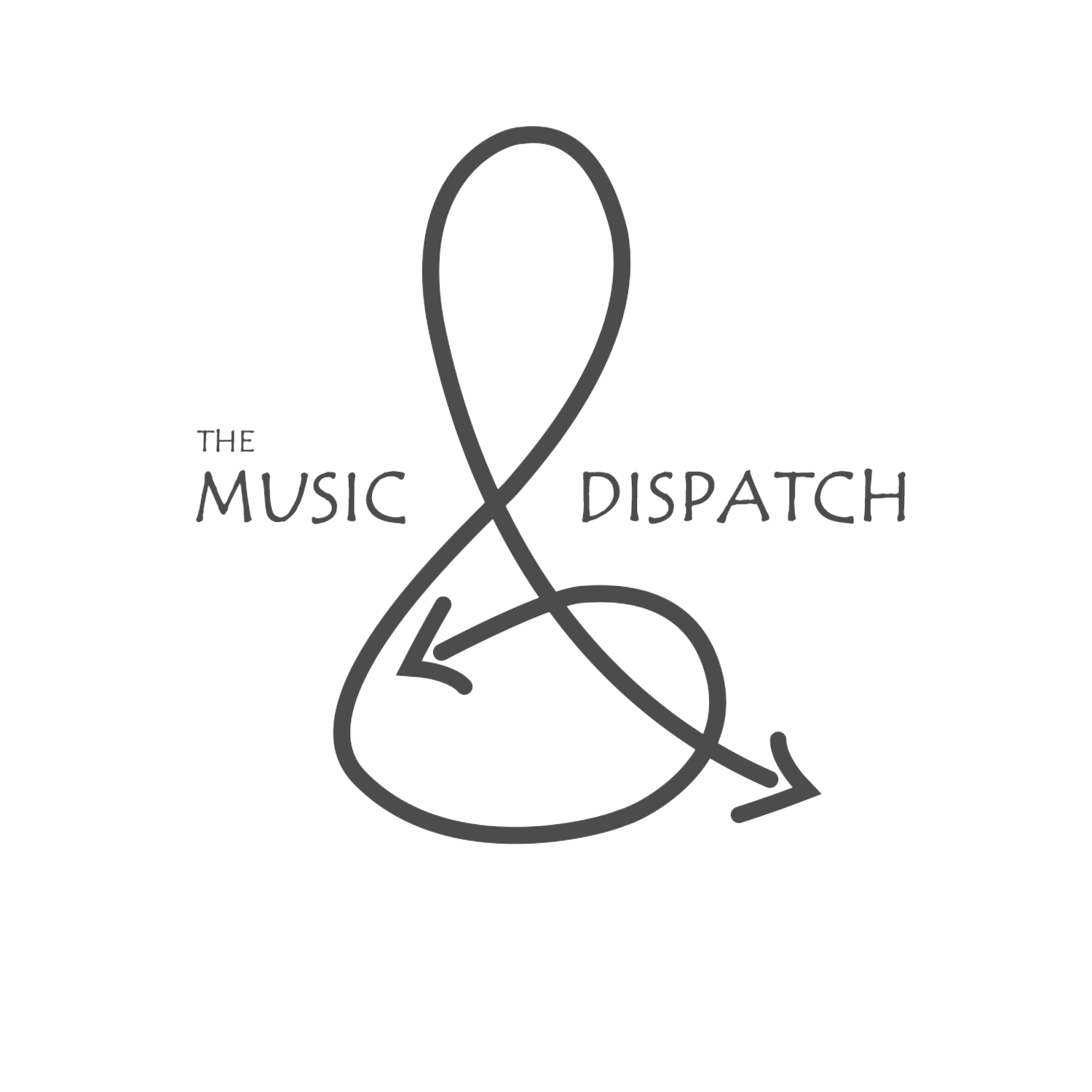When I was a teenager, I learned to swing dance. I learned the moves and steps very carefully, and then practiced them obsessively. I practiced my swing-out swivels every time I opened the fridge to get some orange juice, did 6-count weight changes while waiting in line, and did the Charleston while walking the dog. I even practicedin the shower! At social dances, I spent time getting verbal feedback from leads about how I was following, and learned the rules of dance communication. And then, in glorious experiences that left an afterglow on my life for days, I forgot all the steps and all the rules, and just felt the music with my partner. My feet already knew what to do, and I was free to be creative, responsive, and expressive.
It has been fascinating to visit this aspect of music learning as well. Once students put in the disciplined work to get the feel of certain things- a couple of notes in a row, a chord, or a synching of the left and right hands, they can forget all the practice and just let their skills lend to a greater experience of making music. That’s when the magic happens. As a teacher, I am always challenged to balance these things. I know the student needs to be working hard on new technical challenges, but I try to make myself remember to facilitate the magic experience too. If I can put my type-A striving aside for a few minutes and guide the student to a place where they can experience the rush of enjoyment of making actual music, no matter how simple, the discipline will (almost!) take care of itself.
